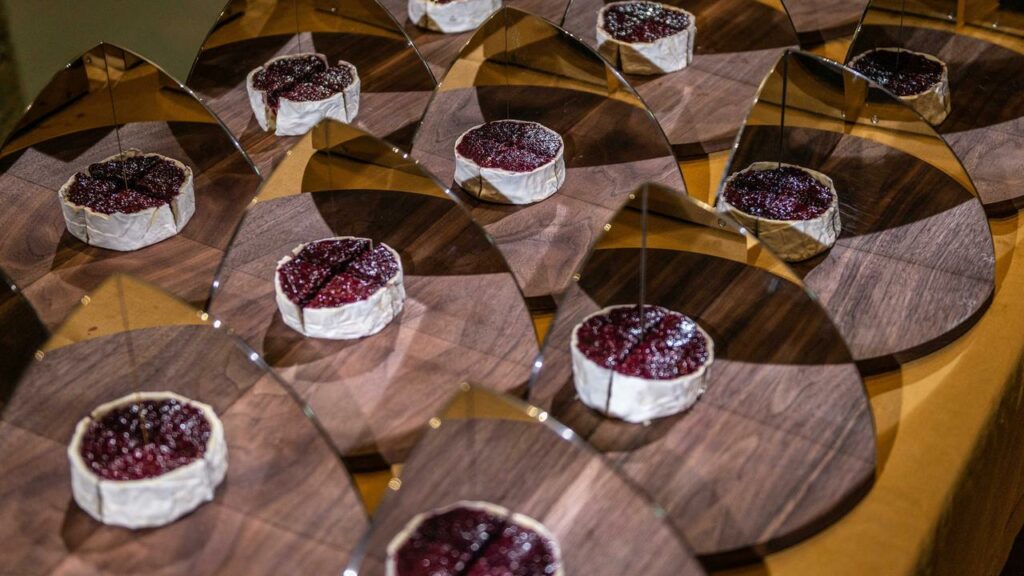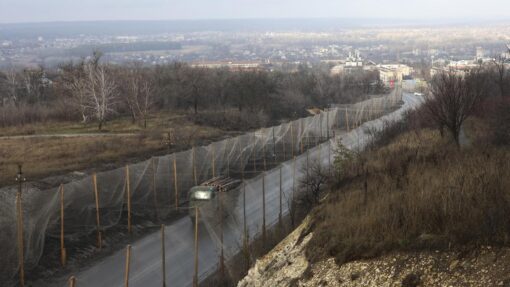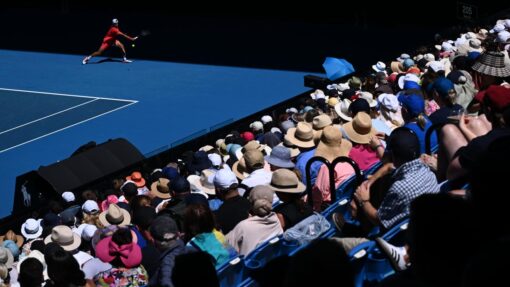Food artist savours $100k grant to serve up fresh work
Liz Hobday |

Elizabeth Willing makes art from food.
For example: seeing a child pour sherbet into their mouth from a straw, she imagined an elongated throat that soon became an artwork.
“I was horrified by the act and also completely delighted and remembered my own childhood of inhaling sherbets,” she told AAP.
Willing bought thousands of the sugary treats and connected the rainbow straws together, coiling them like an extended intestine and leaving coloured sherbet spilt on the ground.
Willing is also known for hosting food-as-art-performance events, and will run a series of these over two months at Brisbane’s Metro Arts thanks to a $100,000 Australia Council commission.
“I’m stoked to be able to to be able to develop these works, I get to push an idea to its limit without constraints and limitations,” she said.
Willing is one of 11 artists and collectives awarded the major commissions, with others including Richard Bell, Andrew Hutson, Common Collective, George Cooley, Vipoo Srivilasa, Justine Youssef, Danie Mellor, Rochelle Haley, Second Generation Collective, and AM Kanngieser.
She has already staged about a dozen concept meals in Melbourne, Germany, Switzerland and Denmark; in Brisbane, she will host people five days a week, with the detritus of each performance on show to the public afterwards.
Willing started working with food while studying at university simply because it was cheap and easy to buy in large quantities – especially snack foods and confectionary.
Over her 13-year career, it has also become a way to look at her own upbringing, which involved some complicated relationships to food.
“I think that I’m trying to sort those out for myself, and make sense of food,” she said.
“I think everyone’s a little bit confused about what they’re putting in their body and whether it’s good for them.”
Choosing to make art in this way has been a challenge – Willing has had half a dozen rejections from galleries because they were concerned her art might damage other pieces in their collections.
Especially for big institutions, food art is a “no go zone”, according to Willing, but one upside is that the public can instantly relate to her work.
So what makes it art, rather than just an arty pop-up restaurant?
The food is merely an ingredient, she says, with form and sensory engagement as the first considerations.
Also among the commission recipients is Richard Bell, who will become the first Australian artist to have his work showcased in the Tate Modern’s Turbine Hall gallery in London.
It’s too early to say what might be on the menu for Willing’s commission – it could be sweet or savoury, and participants may help make some of the food themselves.
And there’s no word yet on who will do the washing up.
AAP


